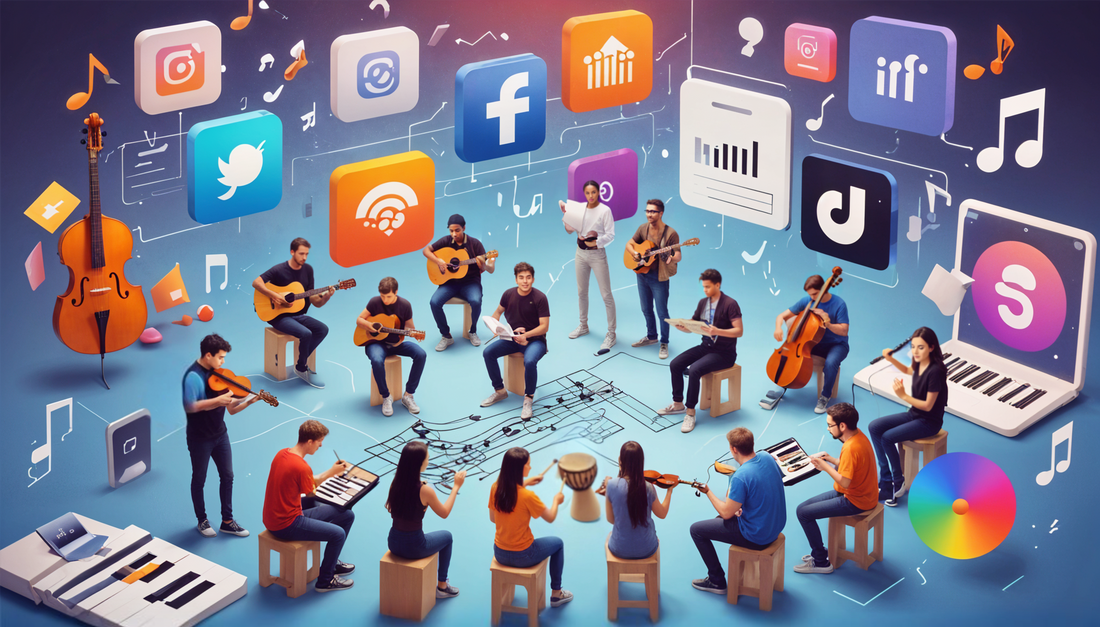Leveraging Platforms to Promote New Music and Educators

My recent post about the challenges young players face in acquiring contemporary music sparked a wave of commentary. In the post, I highlighted the economic issues that performers and publishers face, which ultimately affect all composers’ attempts to get their music to younger players. However, many of the comments turned into a debate between the self-published and commercially published music communities, with some expressing hostility toward the commercial publishing world.
That misses the point. As Jenny Bilfield rightly pointed out, “The ultimate goal, whether one is commercially published or self-published, is to get the music into the hands of performers.” Currently, there is no central repository that offers a comprehensive portal for all American new music, regardless of the publisher. Moreover, there remains a significant gap between composers (and their representatives) and the community of non-professional/student players. This communication barrier is the real challenge.
Instead of creating a new infrastructure, why not adapt existing platforms like SoundCloud, Spotify, Instagram, Facebook, Tiktok and other social and music apps? These platforms could serve as a clearinghouse of information for new music. Members can use keywords to describe their pieces, such as “educational music,” “music for children,” and “beginning player.” This would attract music educators, student musicians, and amateur players. Additionally, prominently featuring information about the difficulty level of the music in the program notes would be extremely useful. Everyone who already has music on these sites should update their descriptions to reflect their suitability for younger musicians.
Once enough people have done this, the next step is to educate educators about this resource. While the web will be a valuable tool, there are still thousands of teachers who are not internet savvy, and busy parents may not have the time to discover these resources online. Relying solely on search engines will not suffice. Many parents involved in their children’s music education read magazines published by educational organizations like the National Music Teachers Association, the Suzuki Association of the Americas, and the National Association for Music Education. To make this plan successful, we must leverage these traditional resources.
These journals are often eager for new submissions and would welcome contributions from fresh voices. Writing articles for these publications can make a significant impact. For instance, I wrote a Toolbox article for NewMusicBox about composing for young players. With the AMC’s permission, I adapted it for teachers and submitted it to the Suzuki Association of the Americas, which published it and inadvertently sparked interest in my music within the Suzuki community. This even led to a small commission. Imagine the impact if similar articles appeared simultaneously in all relevant journals, promoting platforms like NewMusicJukeBox as essential resources for new music for young players.
Once this information is widely available and utilized by those who matter, a tipping point will occur. Issues of cost and availability will become less significant as the playing field opens to all. Ideally, this will reduce tensions with publishers, allowing composers to compete on a level playing field, regardless of how their music is published.
By leveraging modern social and music apps, along with traditional publications, we can bridge the gap between composers and young musicians, making new music more accessible and fostering a richer, more inclusive musical community.
